Get a detailed account of the status of Secondary education in India, including the changes taking place under the New Education Policy (NEP).
Table of Contents
Secondary education is the education stage following primary education. The basic concepts taught in the primary section are utilized in the secondary section bearing the concepts that the learners will be learning in their higher studies. Secondary education in India covers 2-3 years of academic study, including 8th, 9th, 10th, consisting of 13-16 years of age.
Some states/UTs that consider 8th to 10th as a part of secondary education are Goa, Kerala, Dadra & Nagar Haveli, Karnataka, Daman & Diu, Gujarat, etc. The states/UTs which consider class 9th and 10th as part of the secondary education are Punjab, Chandigarh, Tamil Nadu, Rajasthan, Sikkim, Andaman & Nicobar Islands, Delhi, Nagaland, etc.
The status of secondary education in India is a leap for the students to pursue their preferred streams to engage in a professional career. However, changes in secondary education are expected with the New Education Policy (NEP) introduced by the central government.
All About the Secondary Education System in India
Education in India is mainly classified into two levels - primary and secondary. Primary schools aim to teach the basic structure of the ways and means of a civilized society keeping the form of government in mind. It teaches the history and affairs of society in a nutshell to the students and also tries to ensure that proper mental nourishment is given to the children to facilitate their growing stage.
On the other hand, secondary education strives to provide a more detailed outlook on the affairs of society and the changes taking place in different disciplines at the same time. This is directed more towards the career of a young child who is now aware of the various fields available for them in a three-tier system, i.e., commerce/science/arts. This classification of careers into three paths was introduced, keeping the trend of the 20th century in mind. Still, with the coming of the 21st century, the education model needed a change, and it did witness a lot of changes, but it was limited within the purview of streams and not the education system as a whole. It is only in the NEP that the entire system was put into the debate, and new reformations were suggested leading to the scrapping of the old system.
In a nutshell, the education system of the 20th century restricted a young child of 10th and 12th to reason with the subjects he was learning, and the 21st-century model, NEP, is trying to do the opposite, i.e., to allow the students to make use of reasoning capacity. A more detailed account of the NEP is given in the passages below.
Class 10th Examination
Students of class 10th usually appear for the final examination in 5-6 subjects such as English, Mathematics, Social Science, Science, A language subjects, and another elective subject that will vary between schools and educational boards. Some of the most popular elective subjects within the country are Computer Applications, Physical Education, Economics, Environmental Science, and Commerce.
Class 12th Examination
In the Secondary Education System in India, most schools do not provide students with flexibility in class 11th to pick the subjects of their choice within a particular stream of science, commerce, and arts. Instead, a standard set of subjects are pre-assigned to the students belonging to each stream. The core subjects for the Science stream are Physics, Chemistry, Biology, Maths. For the commerce stream, the primary subjects are Accounts, Business Studies, and Economics. Finally, for the arts stream, the core subjects consist of History, Political Science, Geography, and Psychology.
Why is Secondary Education Important?
Secondary education has a very strategic position in the educational system of India. It is the bridge between primary education and higher education. The importance of Secondary Education is:
-
To make the students all-rounders in understanding the important branches of knowledge.
-
To train India's students to be good citizens who will contribute to the country's social and economic development and to maintain the democratic spirit of India.
-
To improve the rational development and practical skills of students.
-
To improve the practical efficiency of the students.
The struggle to revive secondary education came right after the Independence of India under the leadership of Pandit Nehru, the first prime minister of India. It started to take new initiatives by forming committees, commissions and to develop the infrastructure, quantity, and quality of secondary education in India. These committees suggested curriculums that would focus on the overall development of students instead of continuing the colonial legacy of rote-learning and were achieved to a certain level. However, the colonial concept of rote-learning remained in the system.
Education nourishes the minds of students or learners. Education helps in the overall development of a student's personality and aptitude. As education moves parallel with society, it also changes the aims, objectives, and other central indicators for the upliftment of the young and talented youth of the country. The aims and objectives of education are not uniform for all stages of education. There are differences in the aims and objectives of primary, secondary, and higher education due to the variance of age and the student's mental and emotional growth.
In India, the central government shared that education has been a state subject, but it has been put on the simultaneous list. This has been done to achieve free and compulsory primary education because it is directed in Article 45 of the Indian Constitution that universal, free, and mandatory education becomes the center and state's joint responsibility.
Features of Secondary Education in the New Education Policy (NEP)
Secondary education in India will be witnessing a change in the years to come. The model set by the education board is a little similar to that of the secondary system existing in America. But, there are some regional additions to it. The features of NEP that reflect secondary education in India are as follows:
-
It will be called the secondary stage of education.
-
It will have 9th, 10th, 11th, & 12th under its purview.
-
The 9th to 10th will be categorized as junior high school students. The curriculum will also be prepared in that manner.
-
The students from classes 11th to 12th will be categorized as senior high school or junior college students. The curriculum will be different from the existing ones, streams will be replaced with preferred subjects, and the same process will be mandated for colleges.
-
The main aim of the NEP is to eradicate rote learning.


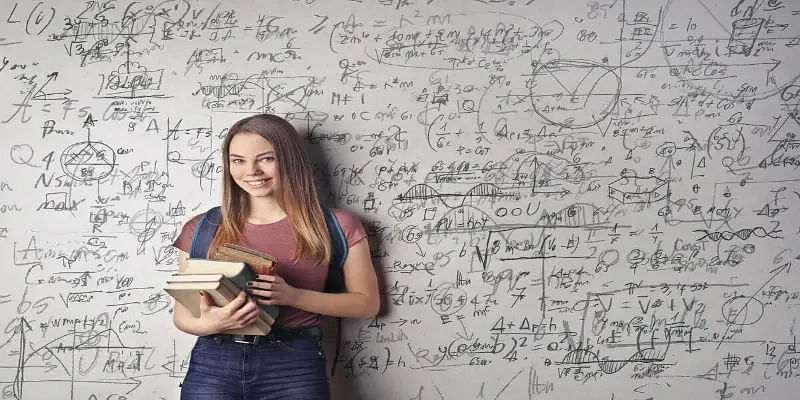




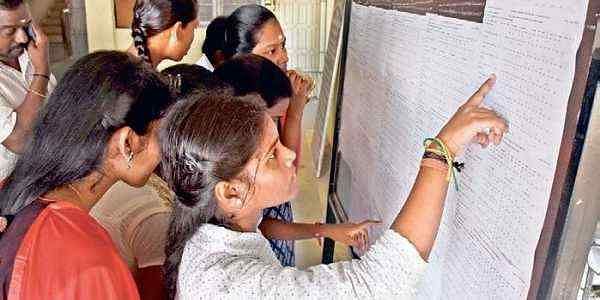

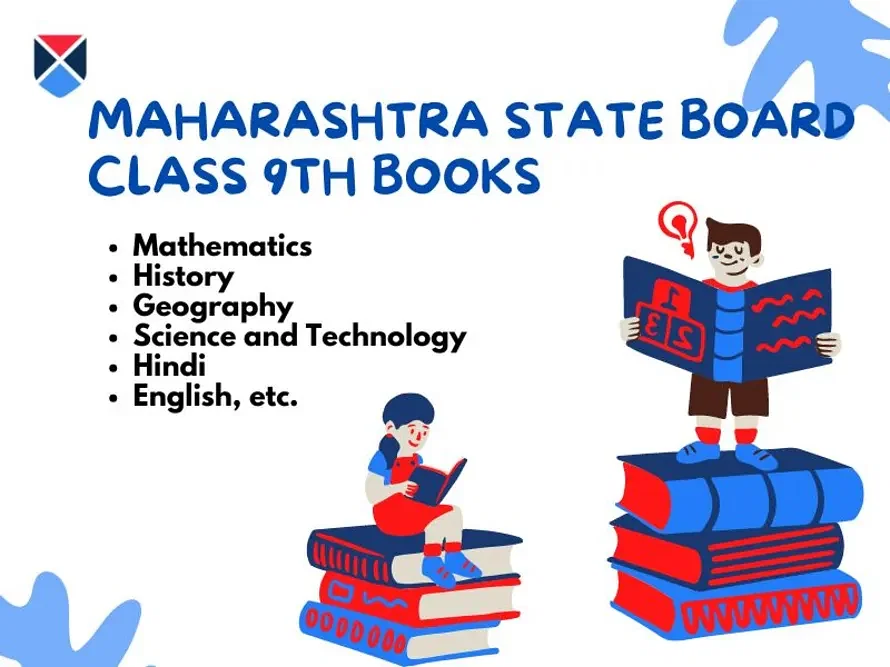

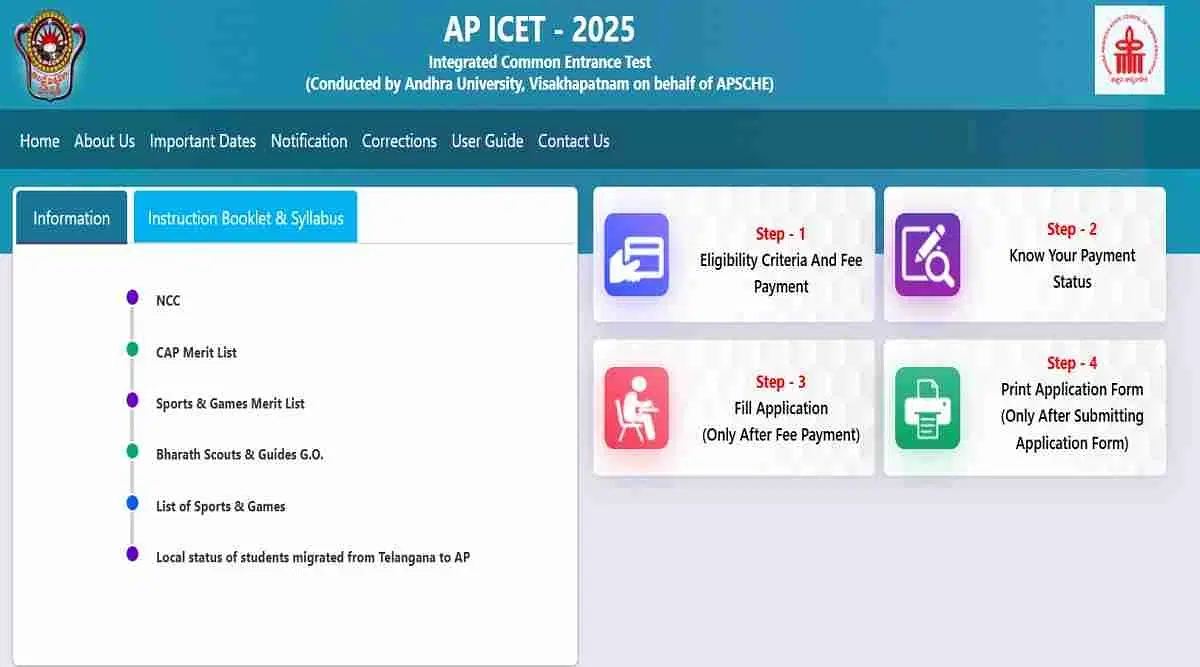

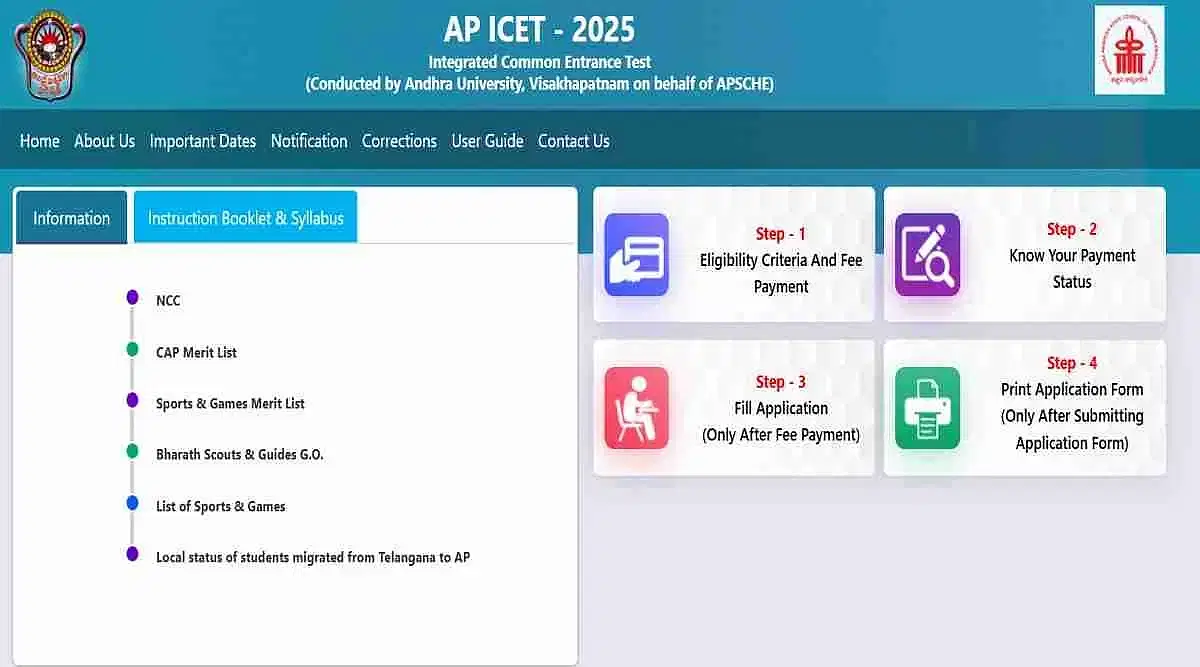




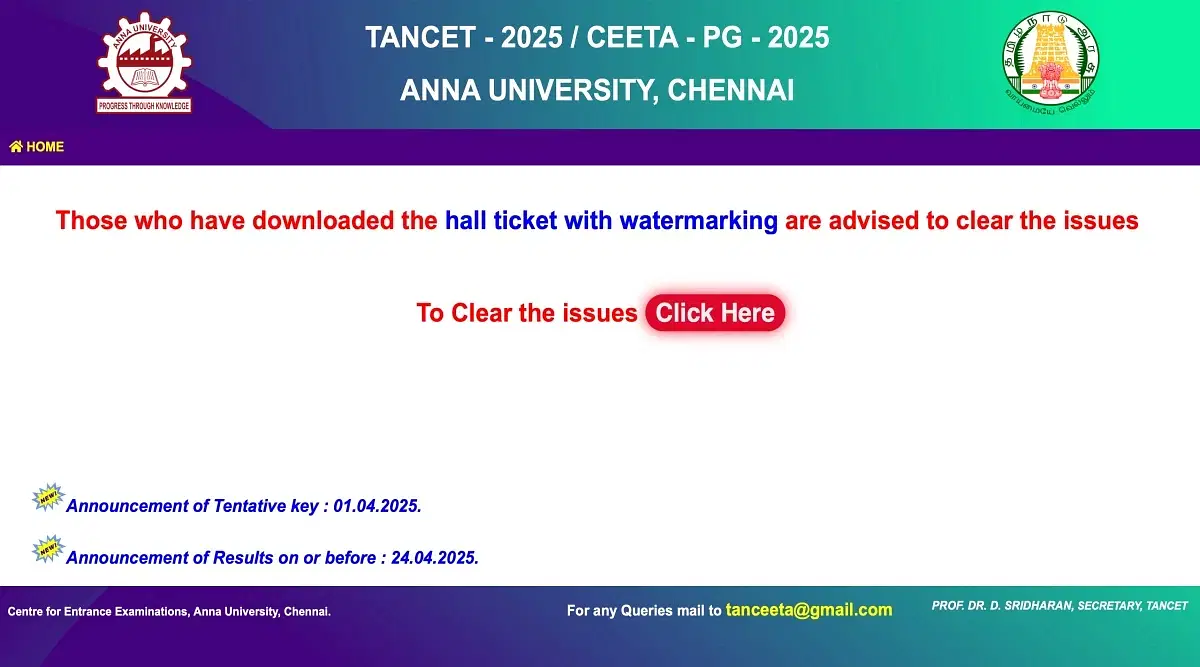







POST YOUR COMMENT